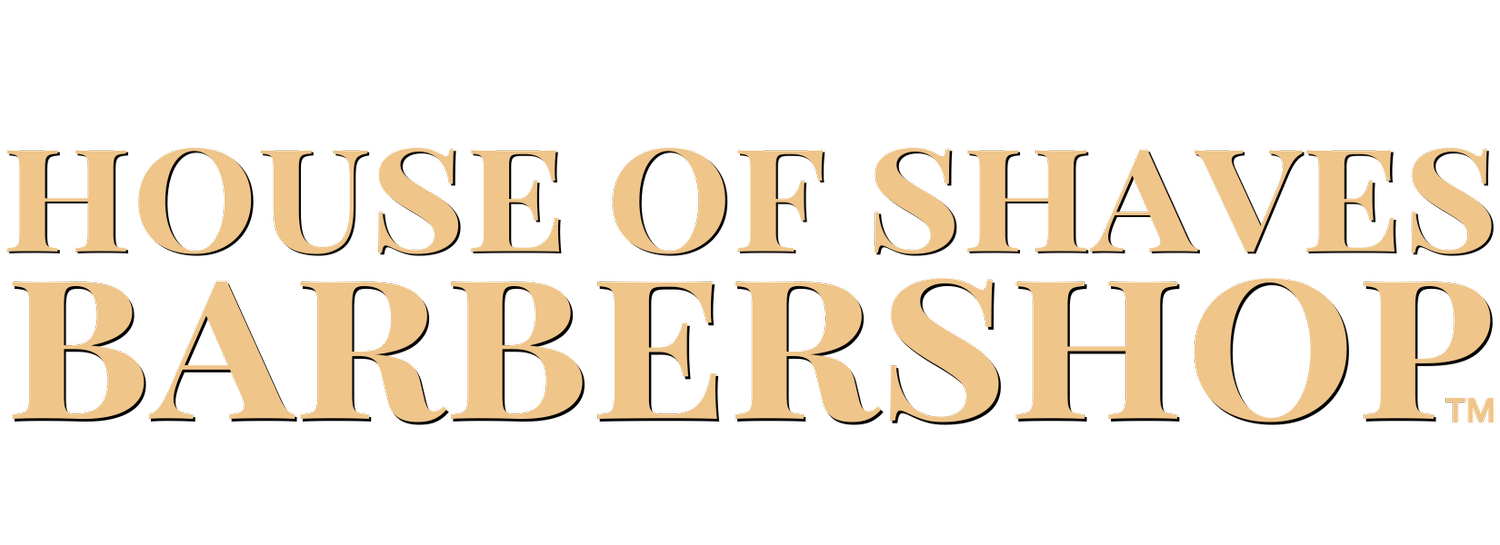What hygiene practices should my barber follow?
When you step into your barber's shop, you trust them with more than just your hair. You trust them with your hygiene, health, and safety. But did you know that some barbers might be unknowingly breaking the law and putting their clients at risk? Here are some important practices that every barber should follow to ensure they're operating within the law and providing a safe environment for their clients.
1. Check Their License
Before settling into the barber's chair, take a moment to check if your barber is licensed. They should have an active and current license issued by the state regulatory board. This ensures that they have undergone the necessary training and meet the health and safety standards required to practice barbering legally.
2. Shop Compliance
A licensed barber shop should also be in compliance with state regulations. This means their license should be prominently displayed in a visible place for inspectors to see. This ensures that the shop has met all the necessary requirements and is actively monitored for cleanliness and safety.
3. Tool Sterilization
It's crucial that barbers spray their clippers and other tools with a disinfectant spray in between haircuts. This helps prevent the spread of bacteria and infections from one client to another.
4. No Mouth Blowing
Barbers should never use their mouth to blow off hair from clients or clippers. This practice can introduce saliva and bacteria into the hair and tools, posing a risk of infection.
5. Refusing Service for Contagious Conditions
Barbers should not cut the hair of clients who knowingly have lice, ringworm, or other contagious skin conditions. This helps prevent the spread of these conditions to other clients and maintains a hygienic environment.
6. Razor Hygiene
When using razors for shaving, barbers should change the razor blade for each client to prevent the spread of bloodborne pathogens.
7. Disinfection vs. Sterilization
While Barbicide is an effective disinfectant, it's important to note that it does not sterilize tools. Sterilization is a more thorough process that eliminates all forms of microbial life, including bacteria, viruses, and fungi.
8. Neck Dusters and Sanitization
Neck dusters cannot be sanitized. They should not be used in the barbershop.
9. Alum Blocks and Shave Brushes
Alum blocks are porous and cannot be sanitized and should not be used in the barbershop.
10. Hand Hygiene
Barbers should wash or disinfect their hands with hand sanitizer before and after each client to prevent the spread of germs.
11. Avoiding Cross-Contamination
Using the same comb or brush on multiple clients can lead to cross-contamination. Barbers should use clean and sanitized tools for each client.
12. Chair Sanitization
While not required by law, it's good practice for barbers to sanitize the chair by wiping it down between each client. This helps maintain a clean and hygienic environment for everyone.
In conclusion, your barber's shop should be a safe haven for grooming, not a breeding ground for infections. By ensuring that your barber follows these essential practices, you can feel confident that you're not only getting a great haircut but also staying safe and healthy. Remember, it's your right as a client to expect nothing less than the highest standards of hygiene and professionalism from your barber.
